Less Than Container Load (LCL) shipping is used when the cargo is not sufficient to fill a full container. LCL shipping means that the goods must share a container with products from other suppliers. This system is often used by importers of small volumes of goods who opt for consolidation to save costs.
Consolidation or group purchasing with LCL shipping requires logistics expertise to avoid damage or loss. At Bull Importer, we offer a group purchasing service with well-defined protocols in LCL shipping. We oversee the process from start to finish while maintaining the confidentiality of all importers.
In the post “The operation of LCL shipping for imports (I)”, we address the main issues to consider for such operations to be successful. Today we will discuss the remaining stages of LCL shipping.
LCL shipping is a good option when the volume of goods is not sufficient to fill a container. To avoid incidents in these shipments, logistics must be managed by an experienced company that coordinates every detail of the process.
Transport to the Port of Origin
The consolidated goods must reach the departure port three days before the cargo ship’s departure. Cargo transfer to the shipping line must be done at the port, so sufficient time must be accounted for.
Transshipment
When the destination is a secondary port, there are usually transshipments to transfer cargo from one vessel to another or from one container to another. Sometimes, it may be necessary to wait for the new container to be filled before continuing the journey.
Arrival at the Port of Destination
At the destination port, the freight forwarder’s agent handles customs clearance and transports the container to the so-called deconsolidation warehouse. This is where the cargo is again divided into each LCL shipment of origin.
Receipt of Goods
The consignee can pick up the goods at the deconsolidation warehouse and, if agreed, deliver the goods to their final destination, i.e., the buyer’s address.
Other Important Issues in LCL Shipping
With good coordination, an LCL shipment can be as fast as a Full Container Load (FCL) shipment. However, certain considerations must be taken into account when choosing this form of maritime transportation.
- Sharing a container with other importers may cause delays if any of the other importers do not adhere to timelines or have not completed the documentation correctly.
- Transshipments and intermodal transportation can cause delays, as cargo must be transferred or waiting for the container to be filled with other goods before continuing the journey.
- To prevent damage to the goods, proper packaging is essential. However, if other LCL shipments are not properly packaged, the cargo may suffer damage, especially during the transfer from one container to another.
- The cost of LCL shipping is calculated based on the volume of the cargo, not its weight. Additionally, certain goods, such as motor vehicles, cannot be shipped using this system. Furthermore, some countries of origin or destination may require additional documents and certificates.
To avoid damages, delays, and additional costs, the most advisable solution is group purchasing managed by a single company that coordinates the process.


